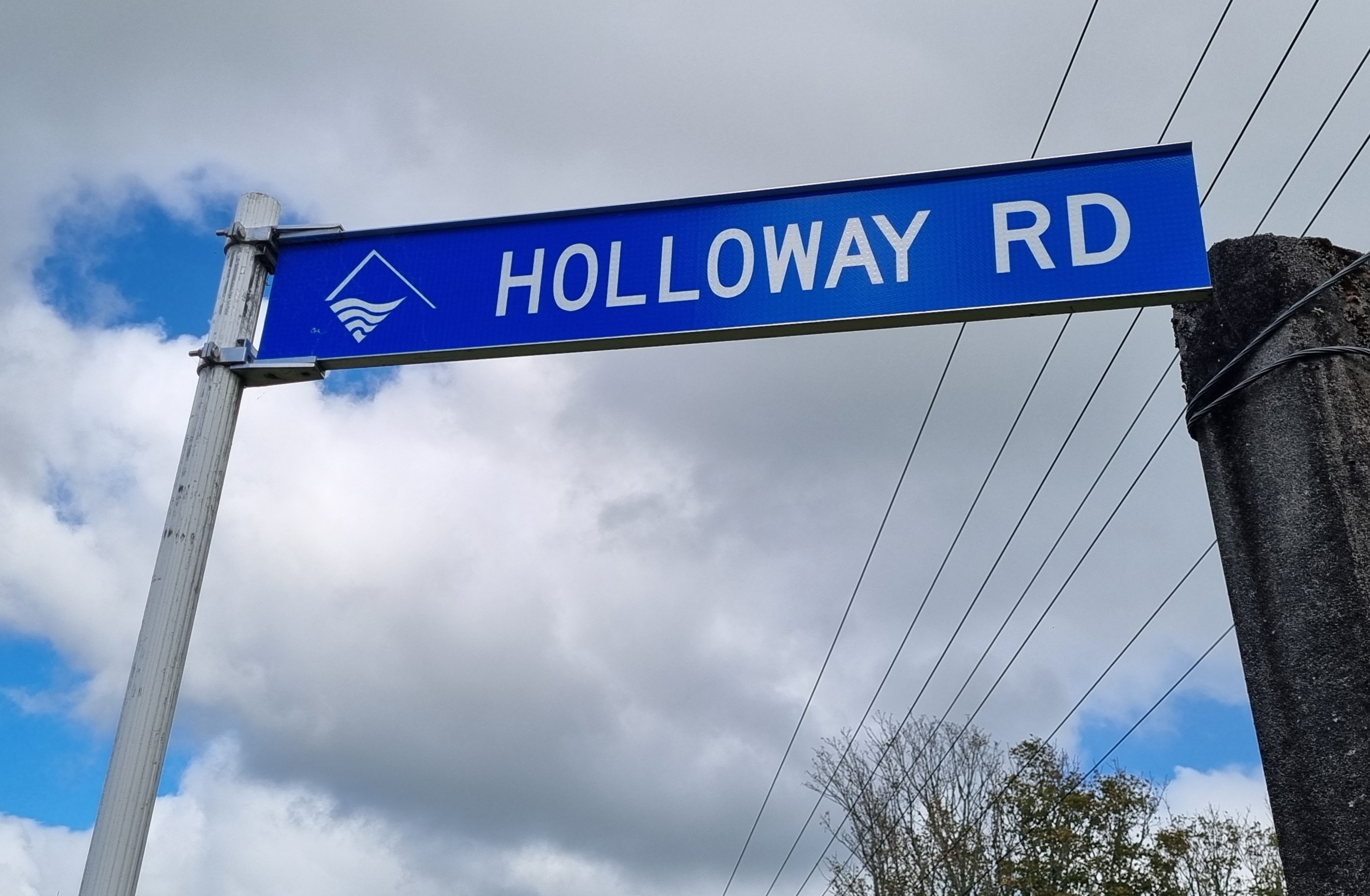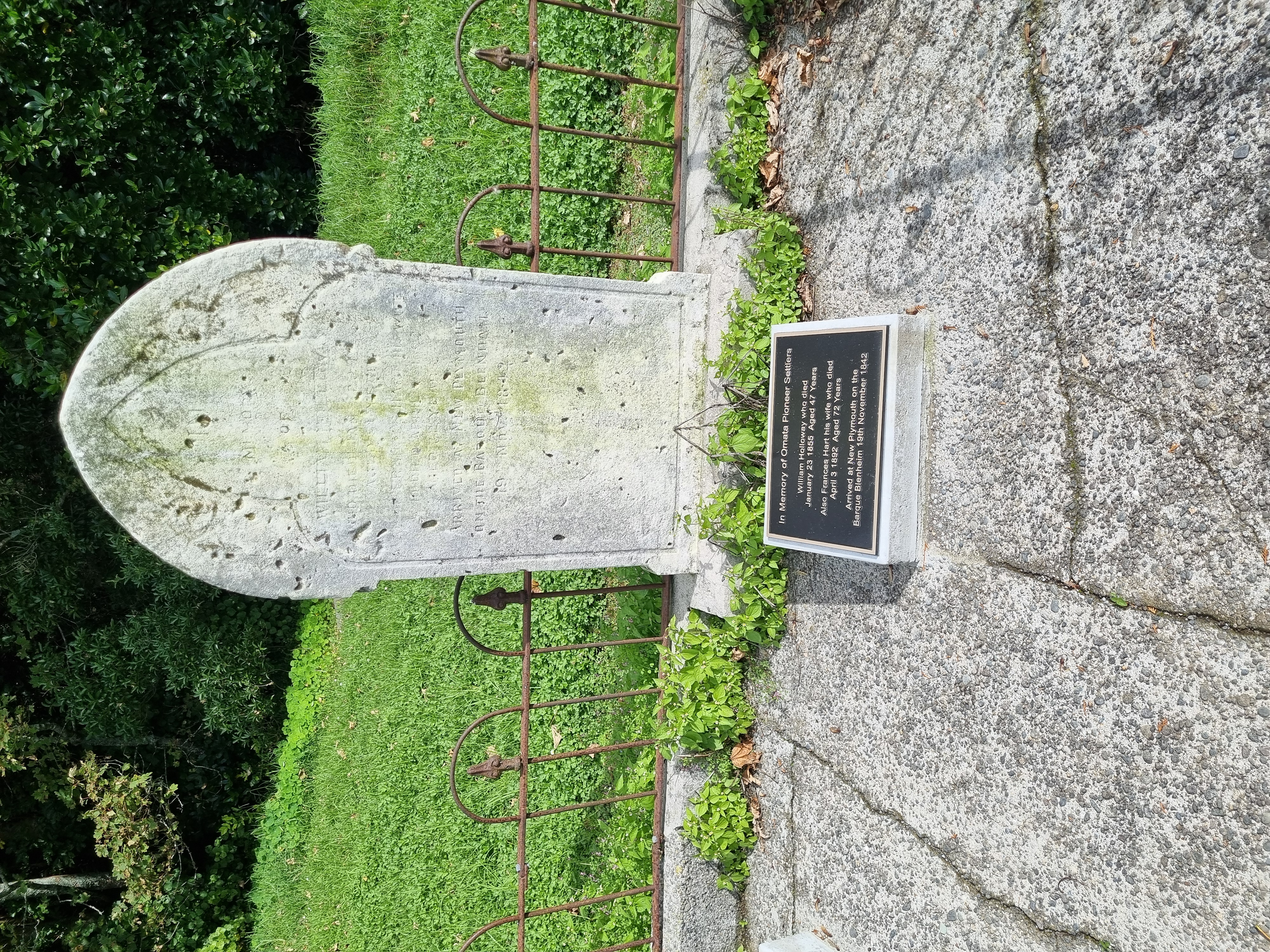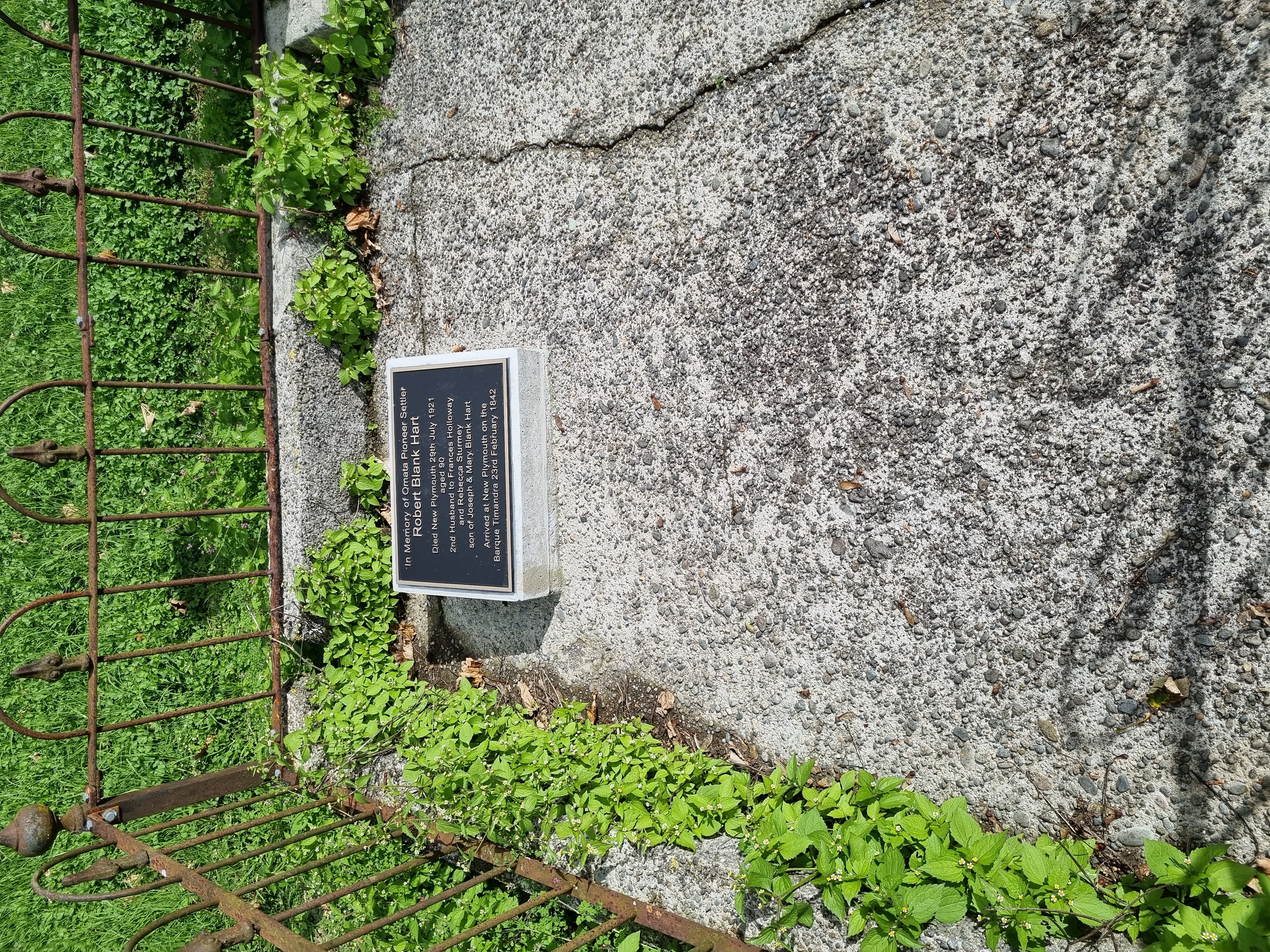





The humble goat was a valuable asset in Taranaki in 1855 so it doesn’t seem beyond the pale that someone should risk their life to save or retrieve one.
This is exactly what it appears William Holloway - after whom Ōmata’s Holloway Rd was named - was up to when he, and the goat, fell to their deaths off the cliffs on the Ōmata coastline on 3 January 1855.
A Taranaki Herald report about the incident said while William’s neighbour James Autridge was on the scene quickly and found him initially alive, “this quiet and industrious man” died from his injuries before medical help could arrive.
In an 1852 New Zealand Company census return William was recorded as owning 5 horned cattle and 12 bovines but no horses, sheep or goats.
It was no wonder William didn’t own any goats, as according to this same census, there were only a total of 38 goats in the whole of the New Plymouth district.
In New Plymouth at this time a goat cost 15 shillings (the same price as a gallon of wine, 2 gallons of lamp oil or 3 bushels of barley) compared to 8 shillings for a pig and 9 shillings for a sheep.
Obviously by 1855 William had become the owner of at least one goat and due to its value, he was not about to lose one precious animal over a cliff.
William’s death would have been no doubt a tragedy for his wife Frances Anthony. They had married in England in 1841 before they immigrated to New Plymouth on one of the Plymouth Company ships, the Blenheim, along with their baby daughter Rosanna. At the time of his death, they were parents to six young children. However, Frances went on to marry another Ōmata farmer Robert Hart in 1856 and had four more children.
Frances was buried next to her first husband William when she died in 1892. They lie next to each other and Robert Hart is believed to have been buried next to them, in the solitary-looking graves on the corner of Holloway Road and Surf Highway 45. A fourth grave at the site is that of John Hurford's who died in 1860.
These graves are close to the site of the former Ōmata Primitive Methodist Chapel, which was built in 1852 and demolished in 1950.
Please do not reproduce these images without permission from Puke Ariki.
Contact us for more information or you can order images online here.